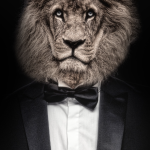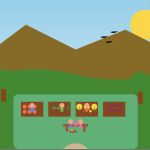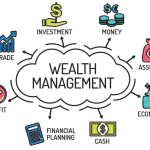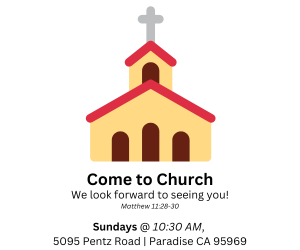
When it comes to dating, the prevailing belief is that men prefer to date a bit younger, while women go for men a few years older. Global marriage stats back that up, showing that men, on average, are 4.2 years older than their wives in mixed-gender marriages. When asked about their preferences, men and women tend to confirm these assumptions, too.
The problem is, past studies have mostly looked at self-reported or online behavior and not considered what happens in the real world. Plus, a lot of studies tend to focus on college students’ preferences, simply because of who’s available to participate in research at a university.
But a “major” new study, published in the journal Proceedings of the National Academy of Sciences, suggests that when people actually go on dates, men and women prefer to date younger.
Up until now, “there have been remarkably few studies that capture how adults who are ostensibly seeking a long-term partner feel about potential romantic partners they have met face-to-face,” said study author Paul W. Eastwick, a professor of psychology at the University of California at Davis and co-host of the “Love Factually” podcast.
Given that, when Eastwick heard that Tawkify ― a matchmaking site that sets up dates ― wanted to partner with him to analyze its data, he jumped at the chance.
“It was this amazing opportunity — given the diversity of ages in their sample — to see how a partner’s age really impacts first impressions,” the professor told HuffPost.
The data Eastwick and his co-authors got their hands on included 6,262 registered Tawkify users, most of whom were middle-aged and diverse in terms of race, income and relationship history.
Prior to sending them off on dates, daters were asked about their preferred maximum age for a partner. Like standard good matchmakers, Tawkify took those preferences into account, but they also took some liberties, pairing daters up with people who were older than their stated age threshold if they seemed like a good match.
On average, men were paired with women who were four years younger than they were. But there was a range, Eastwick said, from the man being seven years younger than the woman, to the man being 12 years older than the woman (98% of the dates fell within this range).
“This range was determined by the matchmakers’ decisions and the nature of the pool they were working with,” he explained.
After going on blind dates, each dater was asked to rate how much they enjoyed their date, how attracted they were to the other person and whether they wanted to pursue a second date. The idea was to compare the daters’ stated preferences with their actual post-date feelings.
What did Eastwick and his team discover? In all three categories ― enjoyment, attraction and interest in a second date ― youth was linked to higher ratings.
“Men say they are attracted to younger women, and that was true: They were slightly more eager to go on a second date with women who were younger than them,” he said. “The women said they are attracted to older men, but they, too, were slightly attracted to younger men.”
The “true surprise,” Eastwick said, was that the magnitude of the preference for youth was about the same (r = .10 or so, if you’re mathematically inclined) for men and women alike.
“This is very surprising given that women say they want an older partner in nearly every study that has ever been conducted,” he said. “I am inclined to trust this current data, though, in part because only a single other study has ever captured how a partner’s age actually affects women’s attraction, and they found something similar to what we find.”
So what gives? Why do women say they’re into older men and then report that they are more interested in the younger men they met? Eastwick thinks women may be underestimating the appeal of younger men ― “an appeal that comes to the fore when they meet face to face.”
“I think there may be an important difference in what people say they want in the abstract and what appeals to them in the moment when they go on in-person dates,” he explained.
Did the researchers note anything different in queer pairings versus straight ones? In the large sample ― 6,262 registered Tawkify users ― there were 100 dates between two men and 100 dates between two women. Given that relatively small number, researchers could’t glean anything conclusive about any differences in queer people’s preferences.
The study was also confined to first dates. Who knows if the appeal of youth lasts into a third date.
“We really don’t know what happens from date two and beyond,” Eastwick said. “It would also be interesting to randomly assign dates with respect to age. The matchmakers are not assigning dates randomly, of course.”
Related…
More from LIVE and Trending Now
RJ Mahvash Lavishes Praise On Yuzvendra Chahal Amid Dating Rumours, Calls Punjab Kings Player ‘Great, Most Caring Person’
Yuzvendra Chahal and RJ Mahvash have been rumoured to be dating shortly after the cricketer's divorce was finalised with …
Is being good with pets a green flag? Relationship expert shares how this may be the new love language
When you are on a dating app and swiping through profiles, have you come across one that …
Stebin Ben shuts down dating rumours with Nupur Sanon, says their bond is purely platonic: ‘Yes, I am single’ | Hindi Movie News
Singer Stebin Ben has officially addressed long-standing speculation about his relationship with Nupur Sanon, and fans hoping …






























